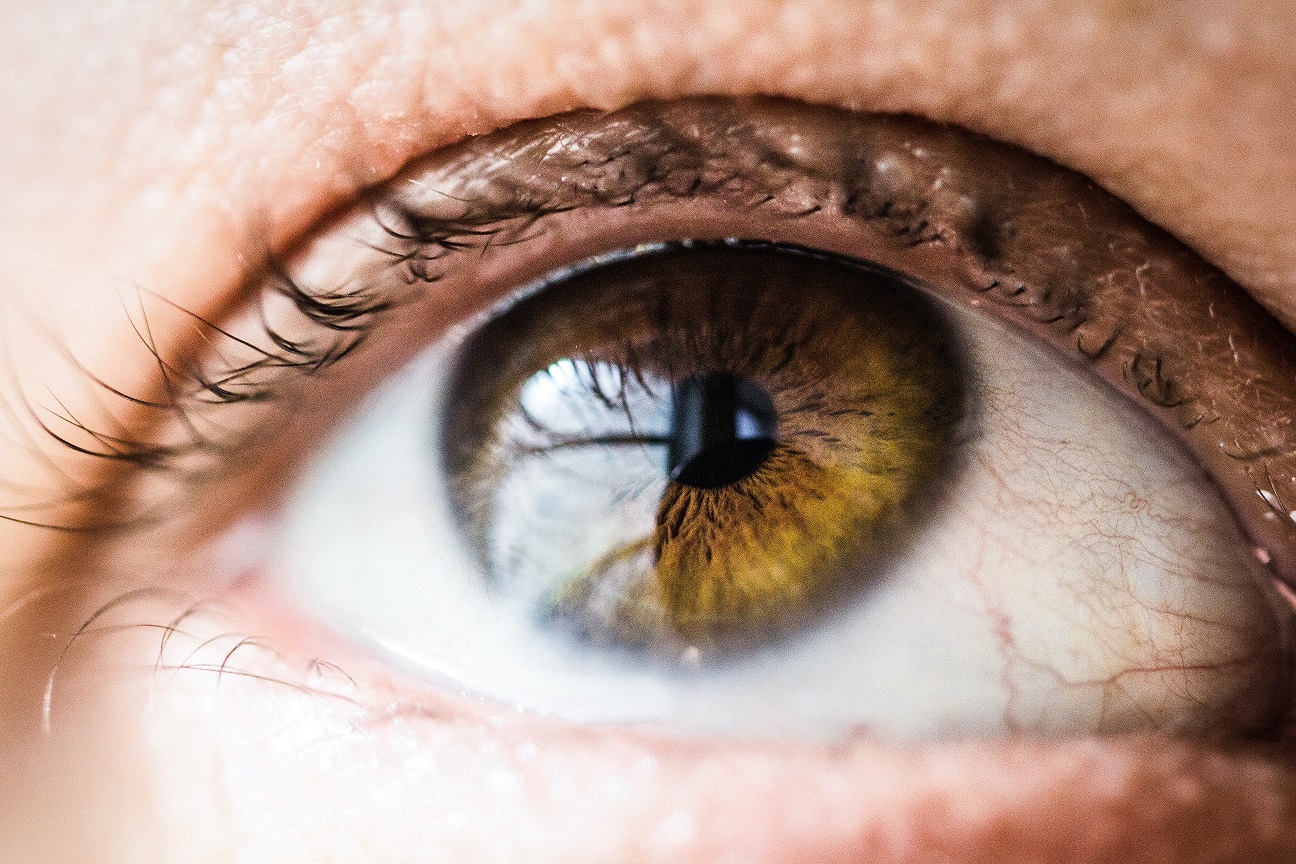You’re going about your day when you see an odd shape make its way across your field of vision, or maybe you caught a flash of light and it’s causing you some concern. The next thing you know, the shape is gone and the flash of light has disappeared.
You may have recently been diagnosed with dry eye disease and are wondering if these floaters and flashes are a result of your diagnosis. Surprisingly, while both issues stem from aging, they are not interrelated.
Dry Eye Disease
Dry eye disease occurs when tears aren’t produced enough to keep your eyes moisturized. This causes discomfort and irritation in your eyes and can eventually affect your vision. Possible indicators of dry eye disease include:
- Sensitivity to light
- An eye-stinging or burning sensation
- Irritation of the eyes
- Vision impairment
Aging increases your risk factor for dry eye disease. Women’s Health Study and the Physician’s Health found that dry eye disease incidence rate increases in men and women every five years after the age of 50, with women having a higher prevalence than men.
What Are Floaters And Flashes?
Both floaters and flashes are caused by the natural shrinking of the gel-like fluid in your eye (vitreous) as you get older. Floaters appear as small shapes in your field of vision, whereas flashes can resemble lightning or camera flashes.
Floaters are very common and usually do not require treatment. However, if you have a lot of floaters and flashes in your eyes, it could be a sign of a serious eye condition called a retinal detachment.
Eye Floaters
While looking around, you may notice small shapes moving in front of you. They almost appear to be small bits of dust caught in your vision because they are fuzzy or out of focus. Even when you try to blink them away, they linger around and follow as you shift your gaze.
These are called eye floaters, and the vitreous in the center of your eye is what causes them.
As you age, the vitreous within your eye shrinks, resulting in these small shapes. Floaters move slowly through the vitreous causing them to pass through your sight as they move.
Eye Flashes
Eye flashes are bright spots that appear in your line of sight. Flashes can occur for a variety of reasons but commonly happens when the gel-like vitreous in your eye shrinks naturally with age and begins to pull on your retina.
Flashes occur more frequently first thing in the morning or when you are in a dark room. You may see bright flashes as you wake up that fade as the day progresses.
Are Dry Eye Disease and Eye Floaters Related?
While dry eye disease, as well as eye floaters and flashes, can both be a natural result of the aging of our eyes there is no clear indication one causes the other.
You might even start experiencing them at the same time as you get older. People with certain medical conditions such as Sjogren’s syndrome or autoimmune diseases that cause inflammation are at an increased risk for both dry eye disease and floaters.

When Should You Get Your Eyes Checked?
Eye floaters and flashes can be a sign of much more serious eye conditions. We suggest getting in touch with your optometrist right away if you see any of the below changes:
- Increased eye floaters
- Eye floaters that come on suddenly
- Floaters and flashes simultaneously
- Darkness on the outer edges of your field of vision
Retinal Detachment
The term retinal detachment refers to an urgent issue in which the retina, a thin layer of tissue at the back of the eye, moves away from its usual position.
The retinal cells are split off from the layer of blood vessels that supplies them with oxygen and nutrients. Your risk of permanent vision loss in the affected eye increases the longer retinal detachment remains untreated.
Retinal Tears
The vitreous fills the retina-lined cavity at the back of the eye. Initially attached to the retina at birth, this gel gradually detaches from the retina with age, resulting in a posterior vitreous detachment (PVD). This usually occurs without any problems but can occasionally cause retinal tears.
When the vitreous pulls abnormally (abnormal vitreo-retinal adhesion), it tears the retina as it separates. Though this can be a result of eye trauma, PVDs are the primary cause of the majority of retinal tears.
Book an Appointment
Your eye doctor will want to know as much as they can about your vision and what you’ve been seeing when you visit for a diagnosis of eye floaters. The more information you can provide about what you’re seeing will better aid your optometrist in diagnosing the cause of your eye floaters and flashes. If you would like to discuss the overall health of your vision, including treatment for dry eye disease, contact us today at My Dry Eye.










